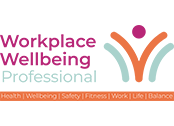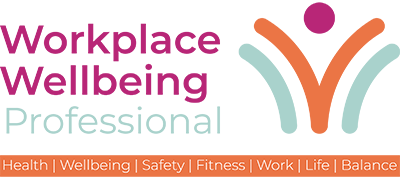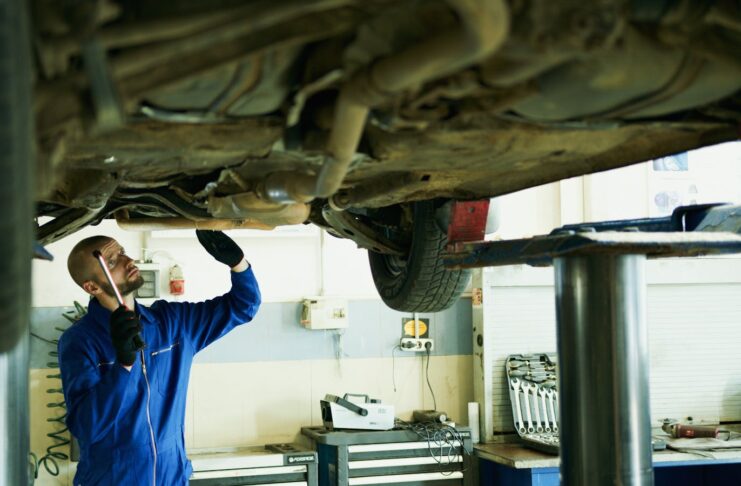Workplace safety inspectors have launched a national campaign targeting motor vehicle repair businesses across Great Britain to prevent life-changing cases of occupational asthma.
The Health and Safety Executive (HSE) is carrying out 1,000 inspections focused on firms using isocyanate-based paints and coatings, which are the UK’s leading cause of work-related asthma.
The inspections will check whether businesses are complying with legal duties under the Control of Substances Hazardous to Health (COSHH) Regulations. They require employers to assess and control exposure to hazardous substances, monitor effectiveness and carry out regular health checks for at-risk workers.
Occupational asthma caused by isocyanates can force skilled sprayers to leave their jobs permanently. Once sensitised, even small exposures can trigger severe symptoms, leaving continued employment in the trade impossible.
COSHH Requirements
Under COSHH, businesses must not only use technical controls but also carry out biological monitoring and health surveillance. Biological monitoring, usually a urine test, can detect exposure before health problems develop. Health surveillance involves regular checks by qualified occupational health professionals to identify early signs of asthma or dermatitis.
Exposure risks are highest during spray painting, particularly when using two-pack (2K) coatings, which contain isocyanates. When sprayed, these materials release invisible mists that spread quickly and can reach hazardous levels within minutes.
Kate Jones, who leads the HSE’s biological monitoring team, said the urine test offered a simple and effective way to check that safety controls are working. She said it gives “sprayers, dutyholders and HSE confidence that spraying is being done safely”.
Basic Protections That Must Be in Place
Inspectors will look for three essential protections during spray operations:
Spray booth ventilation
Spray booths or designated rooms must have extraction systems that create negative pressure, which prevents paint vapours escaping into the wider workshop. Clearance times should be measured and clearly displayed.
Proper respiratory equipment
Workers must be provided with air-fed breathing apparatus. Filtering respirators are not adequate for isocyanate spray. Full-visor systems are preferred, although half-mask types may be used with additional protective eyewear and more frequent testing.
Safe clearance procedures
Staff must not remove respiratory protection until either the spray area has been fully cleared of vapour or they are safely outside it. Employers must ensure signage and training are in place to reinforce this.
Enforcement and Consequences
Where inspectors find breaches of COSHH, businesses may face improvement or prohibition notices. In more serious cases, HSE can prosecute, with unlimited fines available to the courts.
The inspection drive follows long-standing concerns in the sector about inadequate compliance. Previous HSE campaigns have led to enforcement action in around four in ten sites visited.
Experts recommend that motor vehicle repair firms act immediately to check their compliance, particularly those using 2K spray products, by:
Reviewing risk assessments
Ensure assessments reflect current practices, including maintenance and cleaning, not just spray operations.
Testing spray booths and record clearance times
Use airflow or smoke testing to confirm extraction systems are effective. Post clearance times in visible locations.
Implementing biological monitoring
Set up a programme of urine testing for workers regularly exposed to isocyanates. This helps identify early signs of poor control.
Offering regular health surveillance
Appoint competent occupational health providers to carry out lung function testing and other relevant checks for at-risk workers.
Training all staff
All employees, from sprayers to supervisors, should understand the risks, how controls work and what symptoms to watch for.
Maintaining records and acting on findings
Log all test results, maintenance activity and control failures. Use this information to prevent repeat issues.


